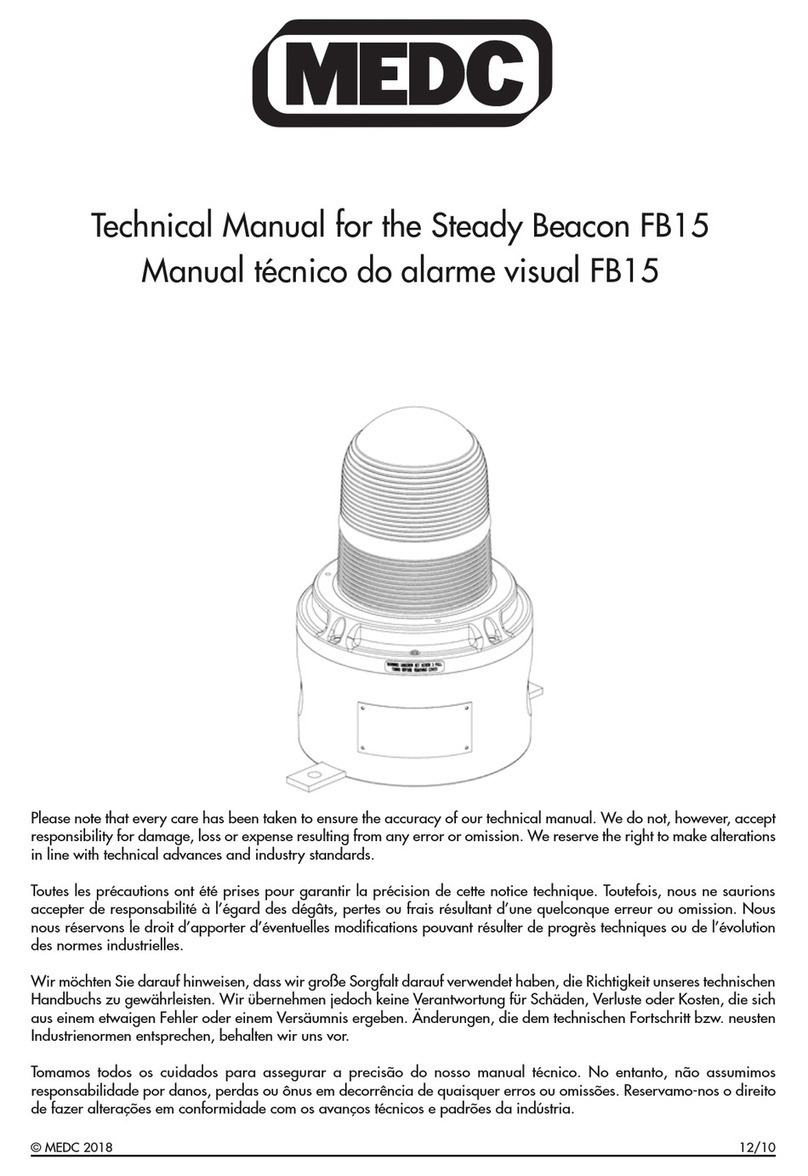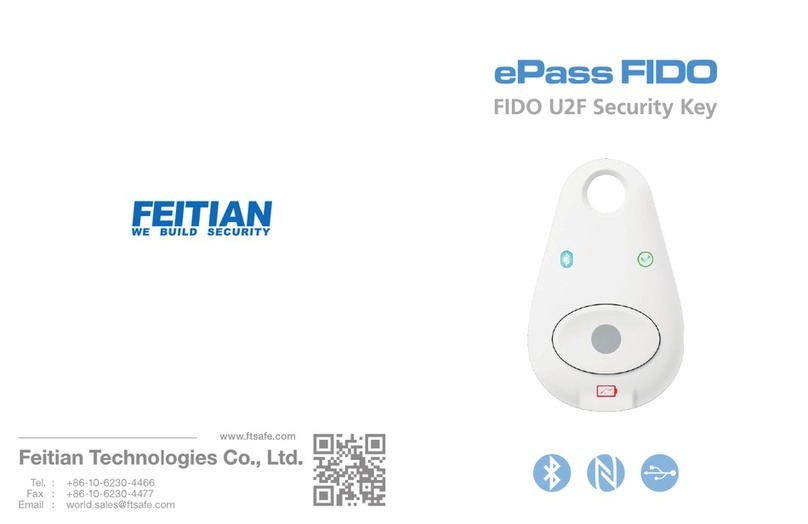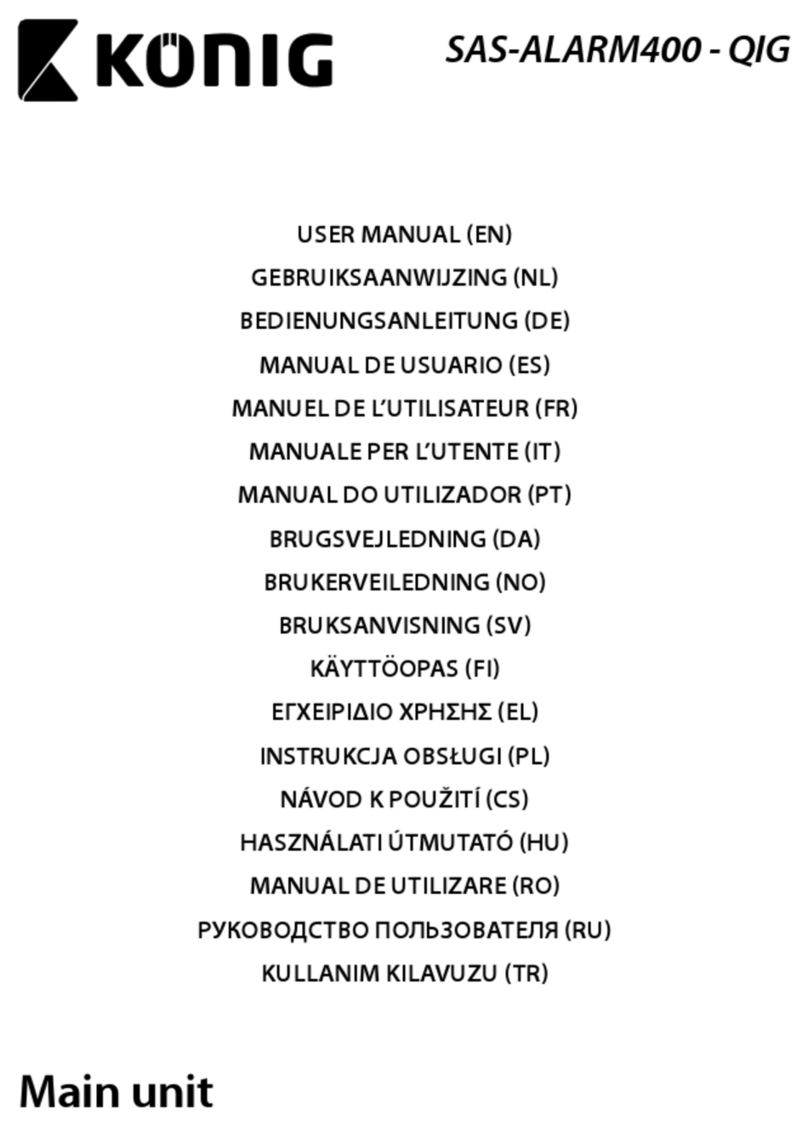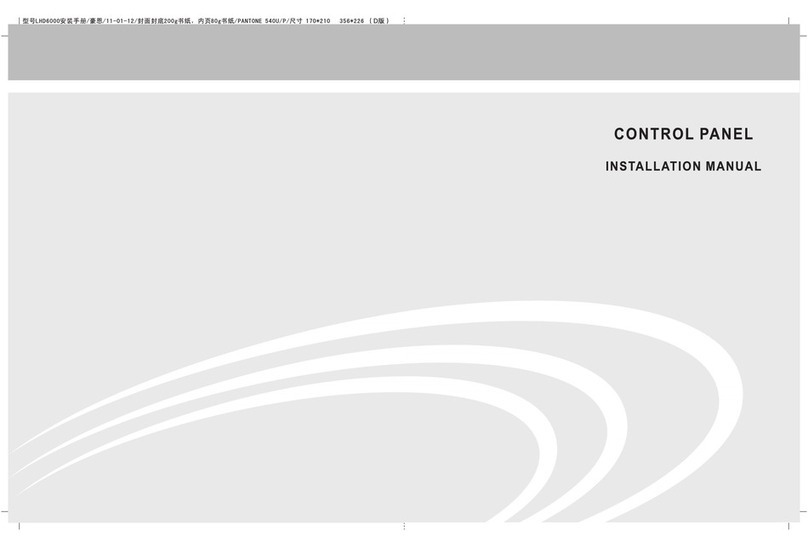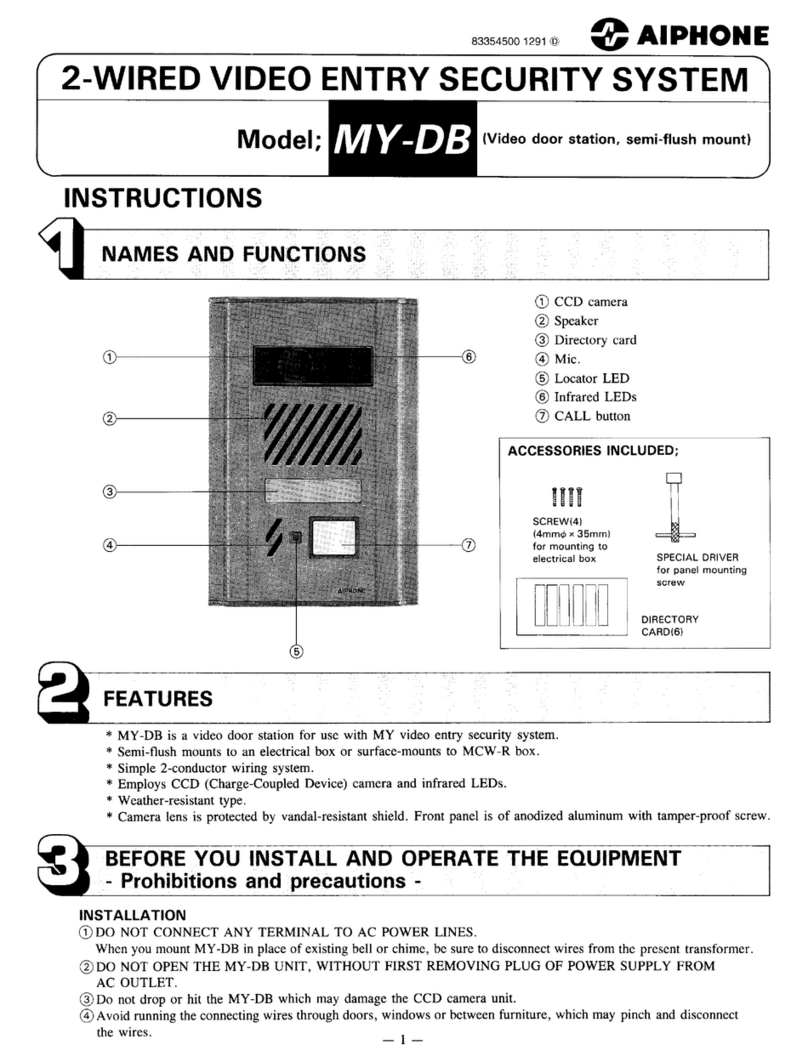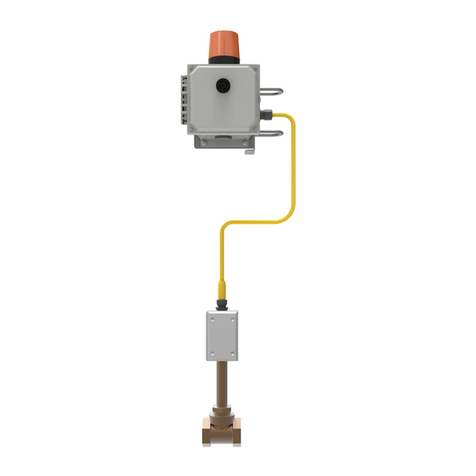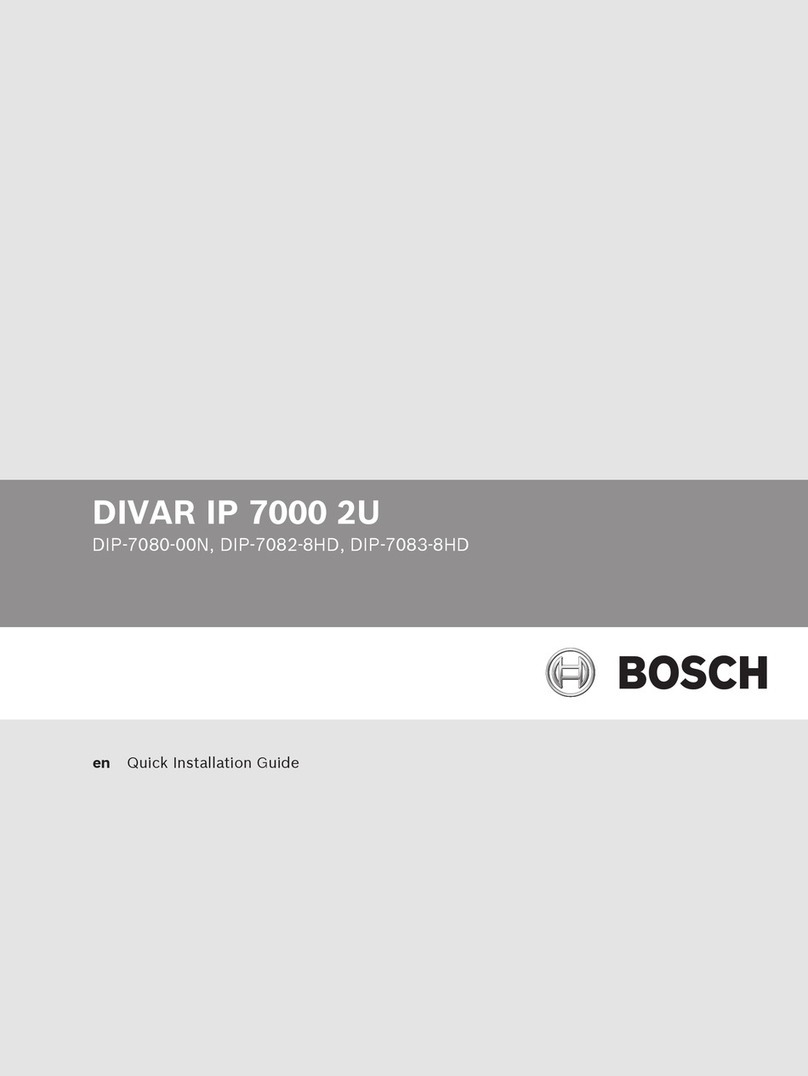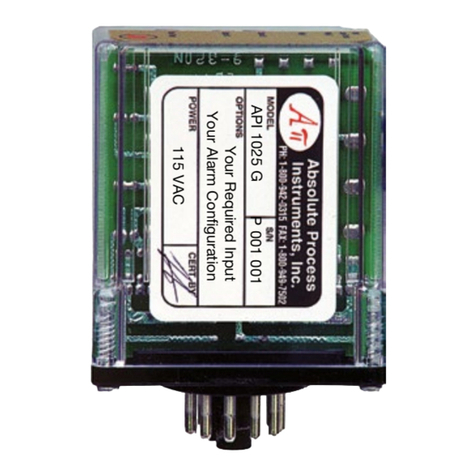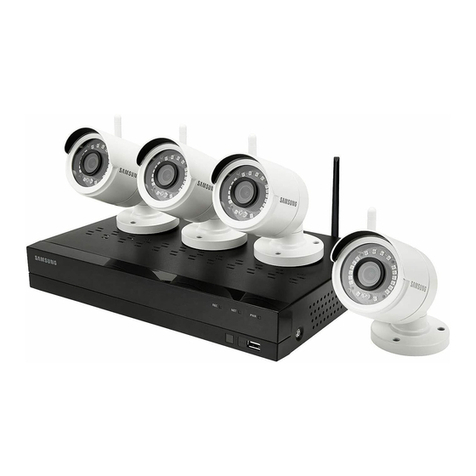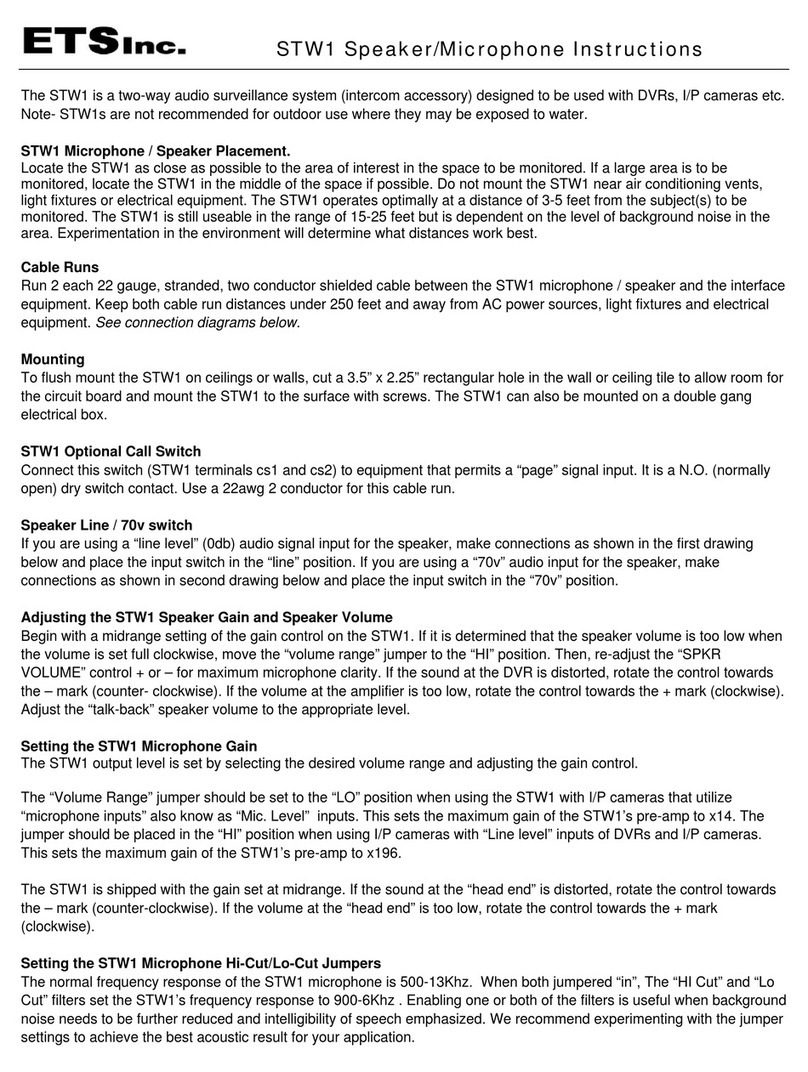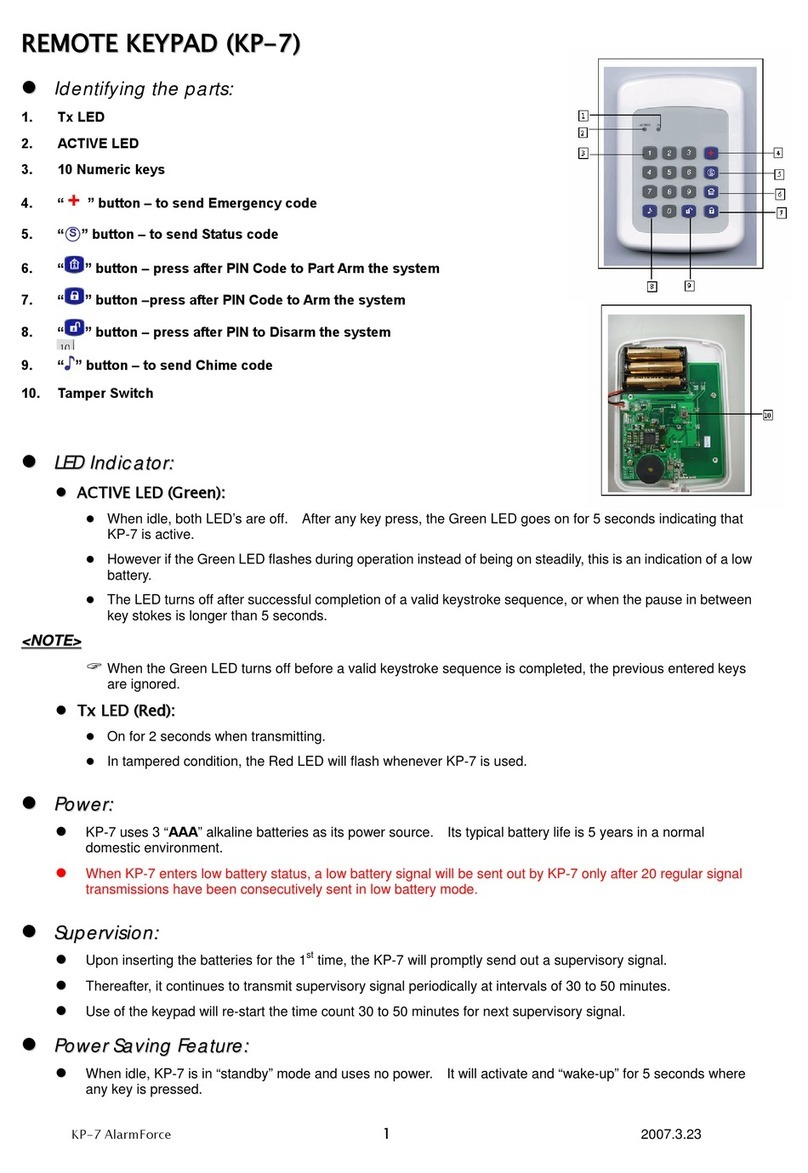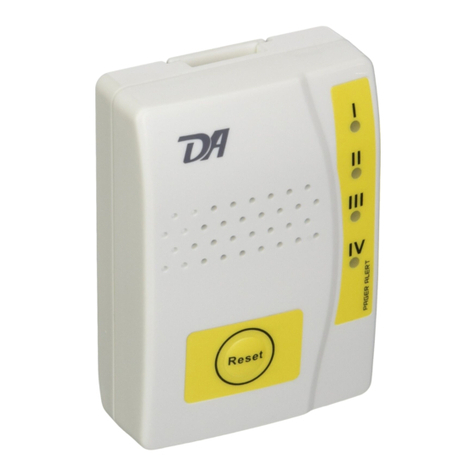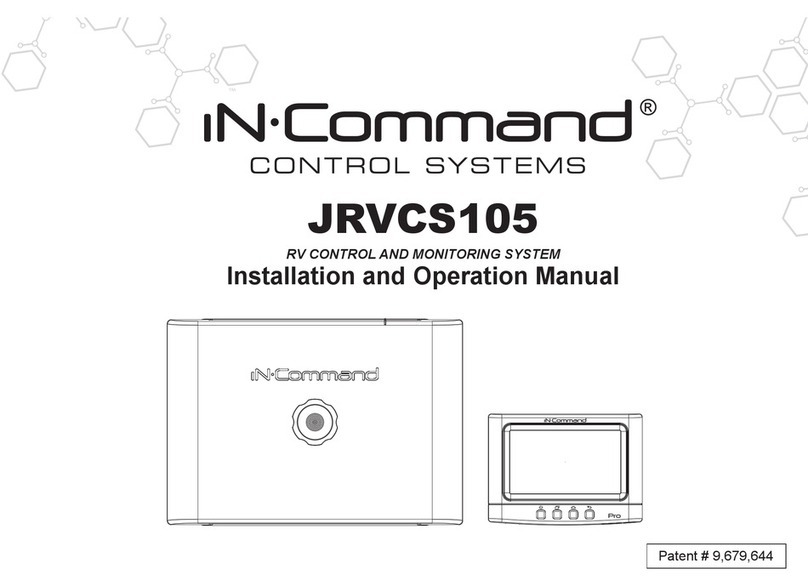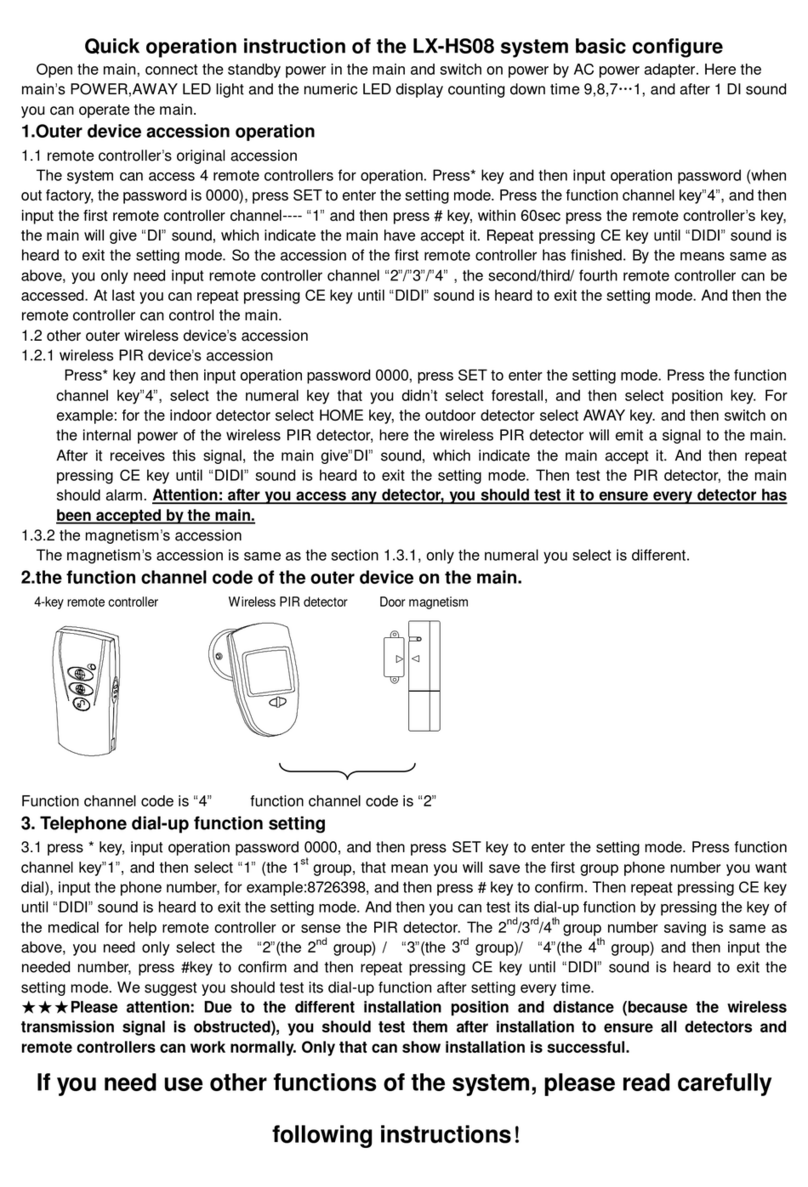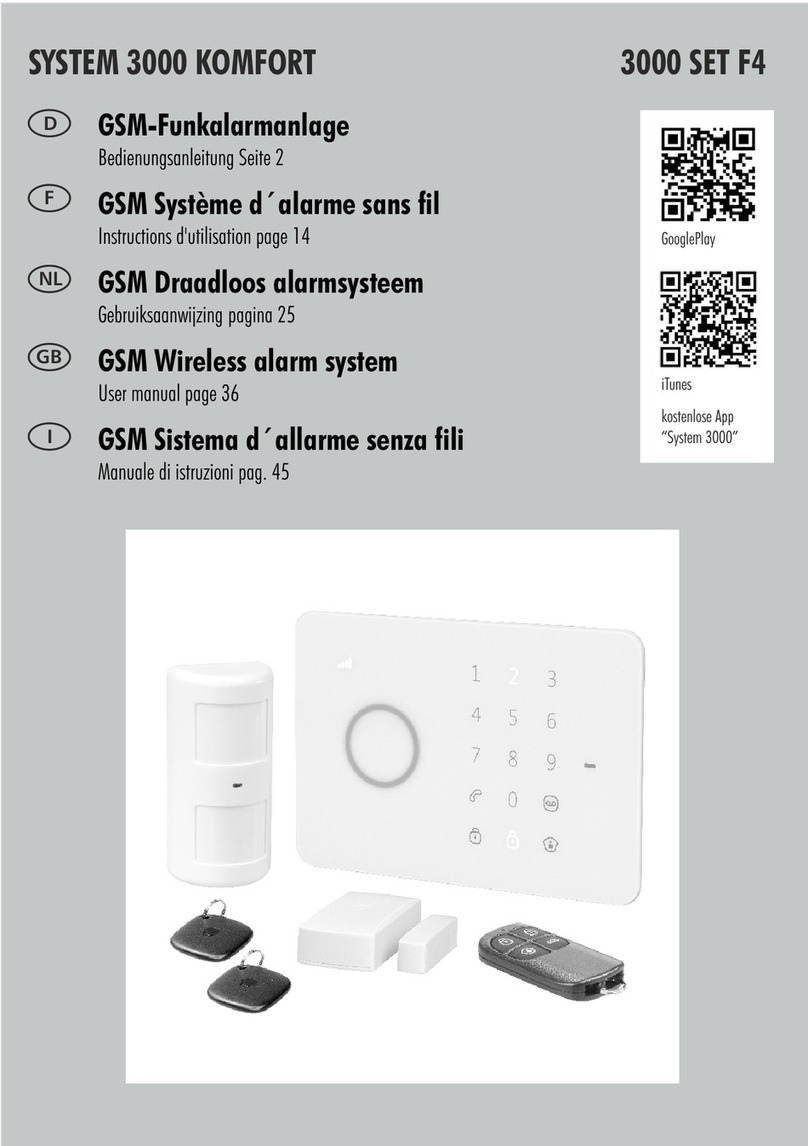United Technologies Interlogix AdvisorOne Assembly instructions

P/N 466-4409 • REV B • 30APR15 1 / 5
AdvisorOne PSTN Module Installation Sheet
EN
CNF
ES
PR
1. PSTN Module
2. Tabs and Battery Connector
3. Without Covers
English: Installation Sheet
Description
The Advisor™One self-contained lifestyle management and security system detects situations and provides control and information
to home and small business owners (P/N AVO-1037).
This document provides instructions on installing and programming the AdvisorOne PSTN module (P/N AVO-PSTN) for use with
the AdvisorOne panel.
The PSTN (Public Switched Telephone Network) Module enables alarm reporting and two-way voice communication with central
stations via PSTN. The module also makes it possible to receive voice event notifications from the system. The PSTN module,
when used with the Enterprise Downloader Software (EDS), makes it possible to remotely configure and program the AdvisorOne
panel.
Preparation and Installation
Preparing to Install the PSTN Module
WARNING: Use caution when installing or removing the power supply to an outlet with a metal cover.
1. Depending on the situation, it may be necessary to contact the central monitoring station before starting the installation.
2. If a power supply is present, remove the screw from the securement tab and unplug the power supply.

2 / 5 AdvisorOne PSTN Module Installation Sheet
3. Remove the screw securing the panel chassis. Open the panel by pressing down on the tabs and carefully swing the panel
chassis open.
CAUTION: Use static electricity precautions when handling electronic components.
4. Disconnect the battery from the battery connector (E in Figure 2) by pressing down on the wire end of the battery clip.
5. To access the location of the PSTN module, remove the Communication Modules Cover by pulling outward on the tabs (D in
Figure 2) and then lifting upward when tabs release.
Installing the PSTN Module
1. Install the PSTN module (A in Figures 1 and 3) into the PSTN module location (with the label side up). Carefully align the
headers of the PSTN module (B in Figures 1 and 3) with the pins on the circuit board. Press into place.
Note: The PSTN module must be installed in the PSTN designated slot (marked PSTN in the plastic). DO NOT force the
module into place.
2. Route the PSTN module wire (C in Figures 1 and 3) and place the wire into the clips (G, H and I) in Figure 3). Plug the module
wire connector into J10 (J in Figure 3).
3. Connect the supplied phone wire to the panel.
4. To connect the panel to the phone line (full line seizure with an RJ31X jack and PSTN):
Note: Full line seizure allows the panel to take over (seize) the phone line, even if another device on the line is in use. This
method requires that the panel be wired before all other phones, answering machines, computers, or other devices on the
phone line. Verify the line seizure for UL installations.
The RJ31X (CA-38A) jack provides a method of
quickly disconnecting the panel from the phone
line.
A. Run a four-conductor cable from the
premises Telco block to the RJ31X.
Connect the cable to the RJ31X as shown.
B. Disconnect the green and red premises
phone jack wires from the Telco block and
splice them to the four-conductor cable
black and white (or yellow) wires. Use
weatherproof wire connectors for these
splices.
C. Connect the four-conductor cable green
and red wires to the Telco block TIP (+)
and red to RING (-) posts.
D. To access the location of the PSTN
connector, remove the Terminal Cover by
pressing the tabs down (F in Figure 2) and
rotating the cover upward.
E. Connect one end of the PSTN cable to the
RJ31X and the other end to the PSTN
connector K in Figure 3) on the panel.
5. Secure the Terminal Cover onto the panel.
Make sure the tabs are engaged.
6. Reinstall the Communication Modules Cover by pressing the cover down until the tabs (D in Figure 2) snap into place.
Note: The Terminal Cover and the Communication Modules Cover must be secured for proper operation.
7. Supply power to the panel as noted in Table 1.

AdvisorOne PSTN Module Installation Sheet 3 / 5
Table 1: Powering the Panel
Installation
Action
Note
US
Plug the power supply into the outlet and secure with the supplied screw.
Canada
Plug the power supply into the outlet.
Do not use the securement tab and screw.
All Other Installations
Follow regional requirements.
Note: Connect the battery within 15 seconds of providing power from the power supply to reduce the potential for a
low battery indication.
8. Connect the battery to the battery connector on the panel (E in Figure 2). Note that the cable connector locks into place.
9. Close the panel, making sure all tabs are engaged. Replace the screw securing the panel chassis.
Note: All three internal covers must be secured for proper operation.
10. If the central monitoring station was notified, inform them this operation is complete.
Removing the PSTN Module
If removal of the PSTN module/wire is necessary, take note that the PSTN wire placed in the wire clips (G, H, I in Figure 3) is held
tightly in place. Improper removal can cause damage to the assembly.
1. Starting with the wire clip nearest the terminal block (I in Figure 3), carefully pry the clip back (using a small flat blade
screwdriver) and wiggle/lift the wire from the clip.
2. Repeat step 1 for the wire clip nearest the WAN connector (H in Figure 3).
3. Carefully remove the PSTN module.
4. Repeat step 1 for the wire clip nearest the PSTN module (G in Figure 3).
Module Configuration and Programming
To confirm the PSTN module is recognized by the system:
1. Press the System Status icon .
2. Verify the PSTN icon is displayed. If the PSTN icon is not displayed, see the “Troubleshooting” section.
To Configure the Panel for PSTN:
1. Press the Settings icon located on the lower left of the main screen.
2. Press CONFIGURATION to enter programming.
3. Enter installer access code, press CONTINUE.
4. From the main Options screen, press COMMUNICATION.
5. From the Communication screen, press REPORTING.
6. Press EDIT and follow programming options.
Module Configuration
No module configuration is required.
Programming
Programming varies depending on use. This module can be programmed and used for the following:
•Reporting
•Two-Way Voice
•Remote Management
•Firmware upgrade management

4 / 5 AdvisorOne PSTN Module Installation Sheet
Troubleshooting
The PSTN Module is Installed and is not Recognized in the System Status
•The system does not see the installed PSTN module.
•The PSTN module may not be seated properly.
•Remove the PSTN module and check that the pins are straight and not bent. Install the module, making sure that it is seated
correctly. Follow the above procedures for removing power, installing the module and closing the panel.
Status Attention Icon Appears and the PSTN Module is not Functioning Properly
•The System recognizes the module and there is some issue with it. The external communication may not be operating as
expected. Verify the module wire connector is connected to J10 or that connector is not damaged.
•If these steps fail, try replacing the module devices or contact Interlogix Technical Support.
Reporting to the Central Station Keeps Failing
This may be due to the incompatibility of the phone lines. Contact Interlogix Technical Support.
Specifications
Compatibility
AdvisorOne Panel
Regulatory Information
This equipment has been tested and found to comply with the limits for a Class B digital device, pursuant to Part 15 of the FCC
Rules. These limits are designed to provide reasonable protection against harmful interference in a residential installation.
This equipment generates, uses and can radiate radio frequency energy and, if not installed and used in accordance with the
instructions, may cause harmful interference to radio communications. However, there is no guarantee that interference will not
occur in a particular installation.
If this equipment does cause harmful interference to radio or television reception, which can be determined by turning the
equipment off and on, the user is encouraged to try to correct the interference by one or more of the following measures:
•Reorient or relocate the receiving antenna.
•Increase the separation between the equipment and receiver.
•Connect the equipment into an outlet on a circuit different from that to which the receiver is connected.
•Consult the dealer or an experienced radio/TV technician for help.
Changes or modifications not expressly approved by UTC Fire and Security Americas Corporation, Inc. could void the user’s
authority to operate the equipment.
In accordance with FCC requirements of human exposure to radiofrequency fields, the radiating element shall be installed such that
a minimum separation distance of 20 cm is maintained from the general population.
This Class B digital apparatus complies with Canadian ICES-003.
Cet appareil numérique de la classe B est conforme à la norme NMB-003 du Canada.
This device complies with Industry Canada licence-exempt RSS standard(s). Operation is subject to the following two conditions:
(1) this device may not cause interference,and (2) this device must accept any interference, including interference that may cause
undesired operation of the device.
Cet appareil est conforme avec Industrie Canada exempts de licence standard RSS (s). Son fonctionnement est soumis aux deux
conditions suivantes: (1) cet appareil ne doit pas provoquer d'interférences et (2) cet appareil doit accepter toute interférence, y
compris celles pouvant causer un mauvais fonctionnement de l'appareil.

AdvisorOne PSTN Module Installation Sheet 5 / 5
Part 68. This equipment complies with Part 68 of the FCC rules and the requirements adopted by ACTA.
ACTA Reg. No. B4ZAL04B55972
Ringer Equivalence 0.4B
Load Number 0.4
Canada: 1175C-AVO1037
Manufacturer Information
UTC Fire & Security Americas Corporation, Inc.
1275 Red Fox Road, Arden Hills, MN
55112-6943, USA
Contact Information
For general information, see www.interlogix.com. For customer/technical support, see www.interlogix.com/customer-support or call
+1 855 286 8889.
© 2015 United Technologies Corporation. Interlogix is part of UTC Building and Industrial Systems, a unit of United Technologies
Corporation. All rights reserved.
Limitation of Liability
To the maximum extent permitted by applicable law, in no event will Interlogix be liable for any lost profits or business opportunities,
loss of use, business interruption, loss of data, or any other indirect, special, incidental, or consequential damages under any theory
of liability, whether based in contract, tort, negligence, product liability, or otherwise. Because some jurisdictions do not allow the
exclusion or limitation of liability for consequential or incidental damages the preceding limitation may not apply to you. In any event
the total liability of Interlogix shall not exceed the purchase price of the product. The foregoing limitation will apply to the maximum
extent permitted by applicable law, regardless of whether Interlogix has been advised of the possibility of such damages and
regardless of whether any remedy fails of its essential purpose.
Installation in accordance with this manual, applicable codes, and the instructions of the authority having jurisdiction is mandatory.
While every precaution has been taken during the preparation of this manual to ensure the accuracy of its contents, Interlogix assumes no
responsibility for errors or omissions.
Canadian French: Installation Sheet
Translation of the manual into Canadian French.
Spanish: Installation Sheet
Translation of the manual into Spanish.
Portuguese: Installation Sheet
Translation of the manual into Portuguese.
Table of contents
Other United Technologies Security System manuals

United Technologies
United Technologies Kidde 5CO User manual
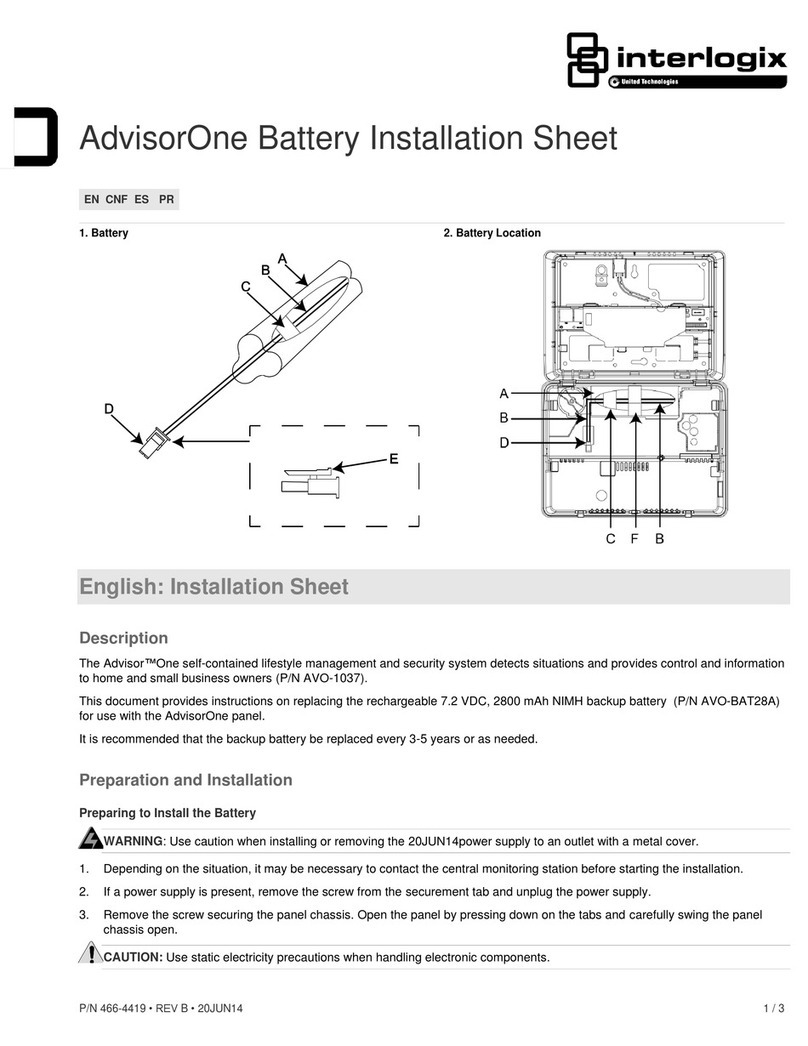
United Technologies
United Technologies Interlogix AdvisorOne Assembly instructions
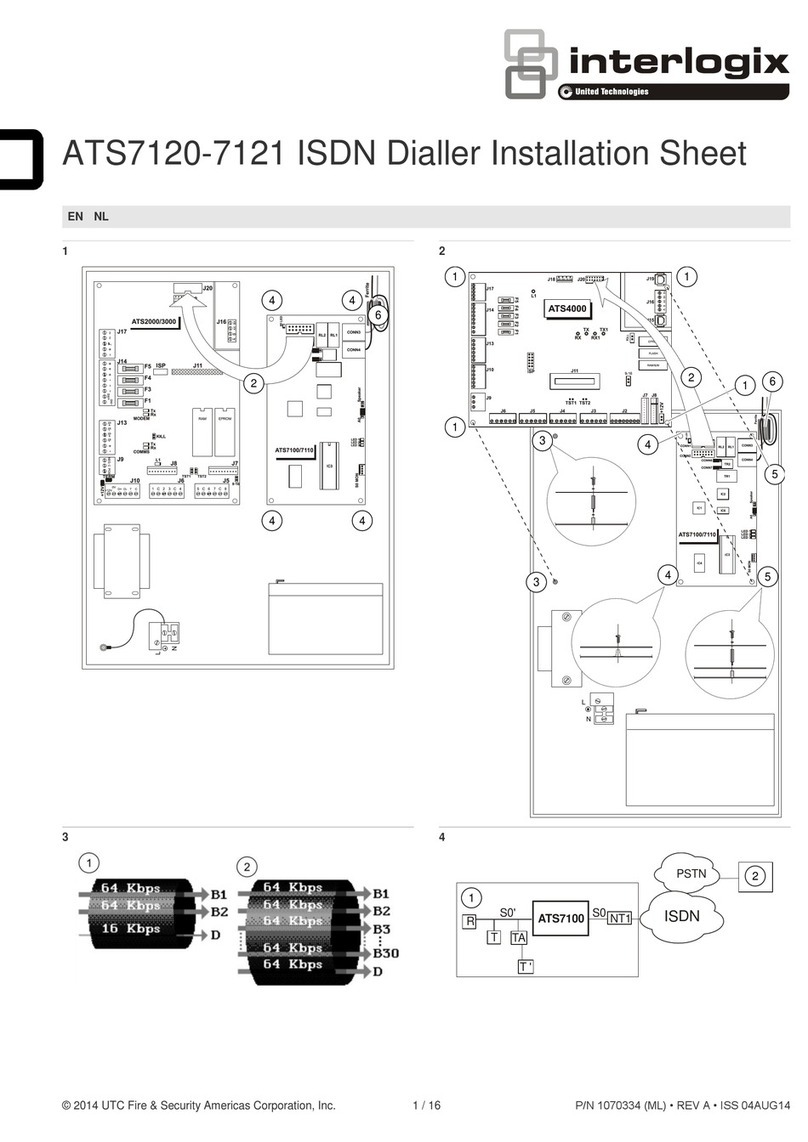
United Technologies
United Technologies Interlogix ATS7120 Assembly instructions

United Technologies
United Technologies interlogix AS500 Series Assembly instructions
